Geology sans frontières
Geology doesn’t stop at international borders, so BGS is working with neighbouring geological surveys and research institutes to solve common problems with the geology they share.
24/04/2025 By BGS Press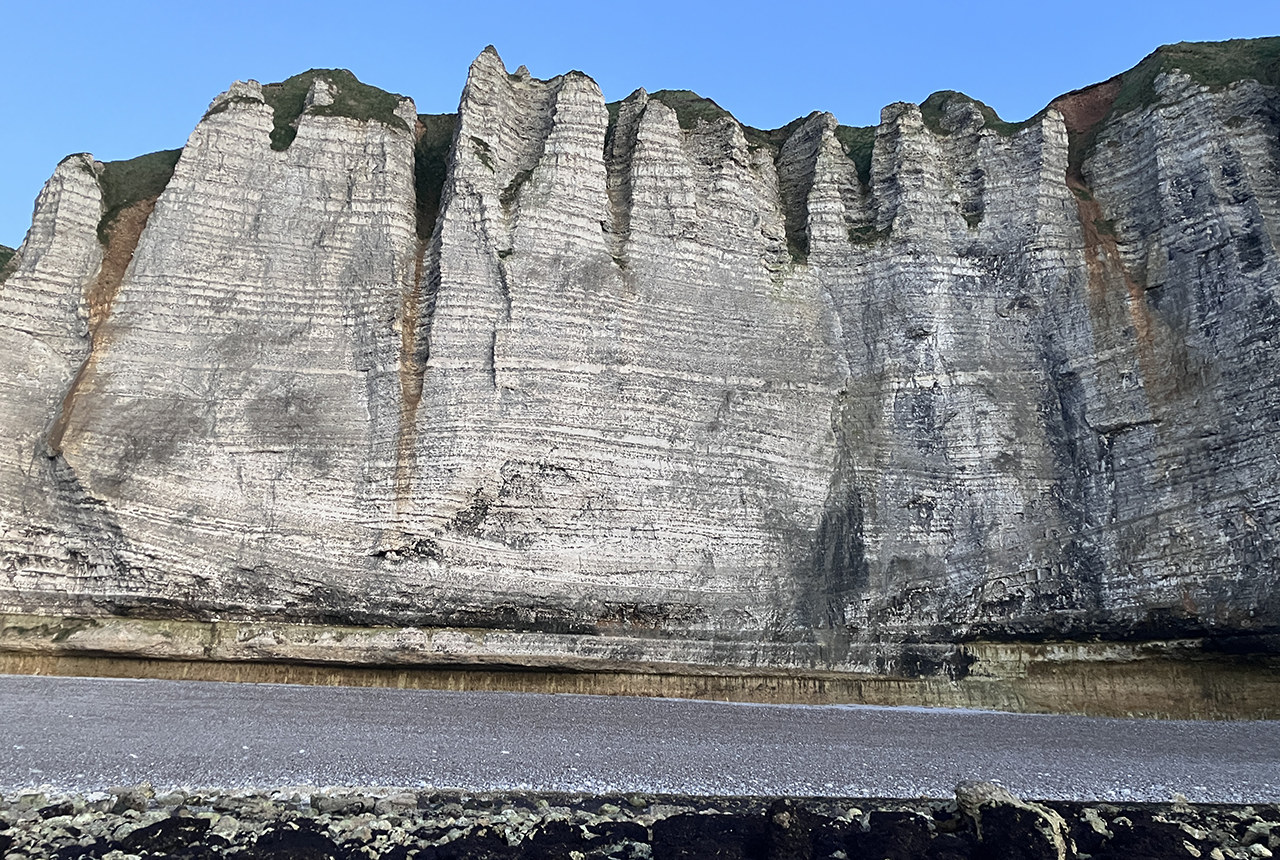
Chalk: a shared geology
The Upper Cretaceous-aged Chalk Group (commonly known as ‘the Chalk’) is perhaps Europe’s most iconic geological unit. Besides forming the famous white cliffs, the Chalk:
- is a major aquifer, supplying millions of people with drinking water and sustaining rare ecological habitats
- is important for energy as it hosts oil and gas reservoirs in the North Sea, provides the foundation for offshore wind farms and hosts numerous shallow geothermal-energy schemes
- has the potential act as storage for hydrogen and CO2
- is a raw material for cement
- hosts many major civil engineering and infrastructure schemes across northern Europe including, in the UK alone, the recently approved Lower Thames Crossing, HS2, the Channel Tunnel and the new ‘super sewer’, the Thames Tideway Tunnel in London
Yet the Chalk is also one of the most misunderstood geological units. It is a common misconception that it is a uniform rock unit with very little structure or faulting. In reality, it has significant variations in physical properties and is often faulted.
Recent geological mapping in the Chilterns and Yorkshire Wolds, undertaken by BGS in collaboration with the Environment Agency and water companies, has shown how geological discontinuities in the Chalk affect groundwater flow. These discontinuities facilitate the development of dissolutional conduits and rapid flow pathways, creating a very heterogenous aquifer. This heterogeneity generates major challenges for the water industry, civil engineers and planners.
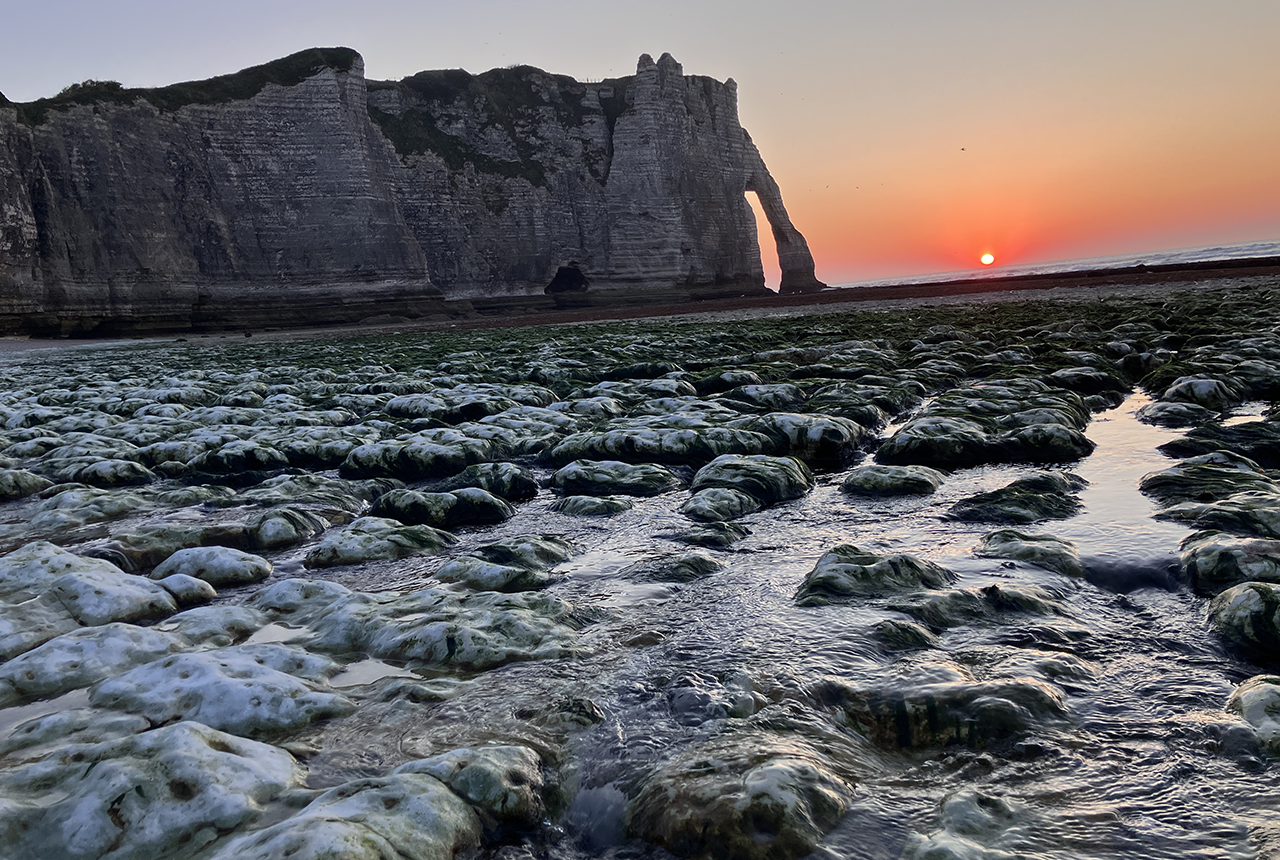
The sun setting behind the famous chalk arches at Étretat, France, with a significant karstic spring in the foreground. BGS © UKRI 2025.
As an aquifer, the Chalk is under pressure, both in terms of water quality and resource. The demand for water, especially in more populated areas of southeast England is increasing, but there is also a need to protect rare chalk stream habitats and maintain river flows. Climate change, drought and contaminants such as nitrate exacerbate the problem. Addressing these issues require a greater geological understanding of the aquifer and how groundwater flows it.
These challenges aren’t just restricted to the UK: France has similar problems in the extensive chalk outcrops across the north of the country, as do the Netherlands, Denmark and Belgium.
Current research
A good understanding of the Chalk Group is needed to better predict groundwater flow and engineering ground conditions. This requires good quality geological maps and 3D models fit for the 21st century, using all the available information including field data, geophysical borehole logs, geophysical surveys and biostratigraphical data. In the UK, geological maps used to show the Chalk Group with just three subdivisions; we now divide the chalk into nine individual mappable formations, reflecting their differing engineering and hydrogeological properties. These more detailed maps are able to show much more geological structure, and are more relavent to engineers and hydrogeologists.
Recent groundwater modelling in BGS work has focused on building the national scale British Groundwater Model, simulating groundwater flooding, and projecting the impact of climate change on chalk streams and public water supplies. Other geological surveys are also modelling groundwater, for example, to investigate the impacts of nitrate and other contaminants on the chalk aquifer.
Likewise, more detailed understanding of the Chalk Group has helped civil engineers better predict ground conditions on major infrastructure projects. For example, BGS maps and models help identify zones of weak faulted ground that might be an issue for tunnelling or road cuttings. Similarly, BGS helped characterise flint content in the Chalk in the Thames Estuary to help design cutting heads for the Lower Thames Crossing tunnel-boring machines. Lessons learned from major projects in the UK can be equally applied in northern France and vice versa.
Common problems: common solutions
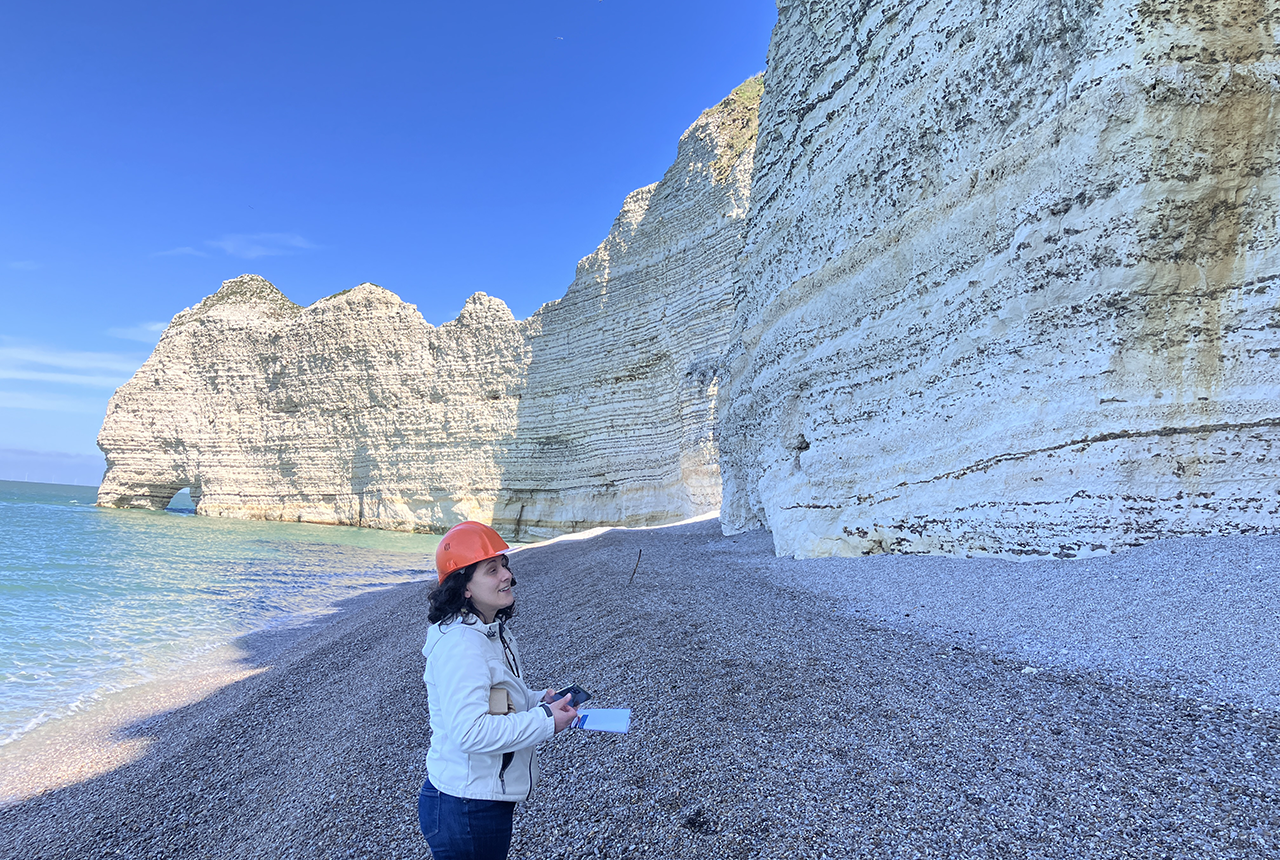
Dr Carole Nehme , University of Rouen examining the chalk cliffs at Étretat. BGS © UKRI 2025.
A key remit of geological surveys and research institutions is to work to find solutions to geological problems. BGS has teamed up with other northern European geological surveys and research institutes to discuss common interests in the Upper Cretaceous Chalk. Twenty-eight participants from 13 different research institutions and geological surveys, including geologists, hydrogeologists, biostratigraphers and engineering geologists, gathered for the inaugural EuroChalk workshop in the town of Étretat on the French coast. Étretat hosts spectacular chalk cliffs and rock arches made famous by the painter Claude Monet. These amazing outcrops admirably demonstrate how variations in the Chalk influence the local hydrogeology and cliff stability.
Outcomes
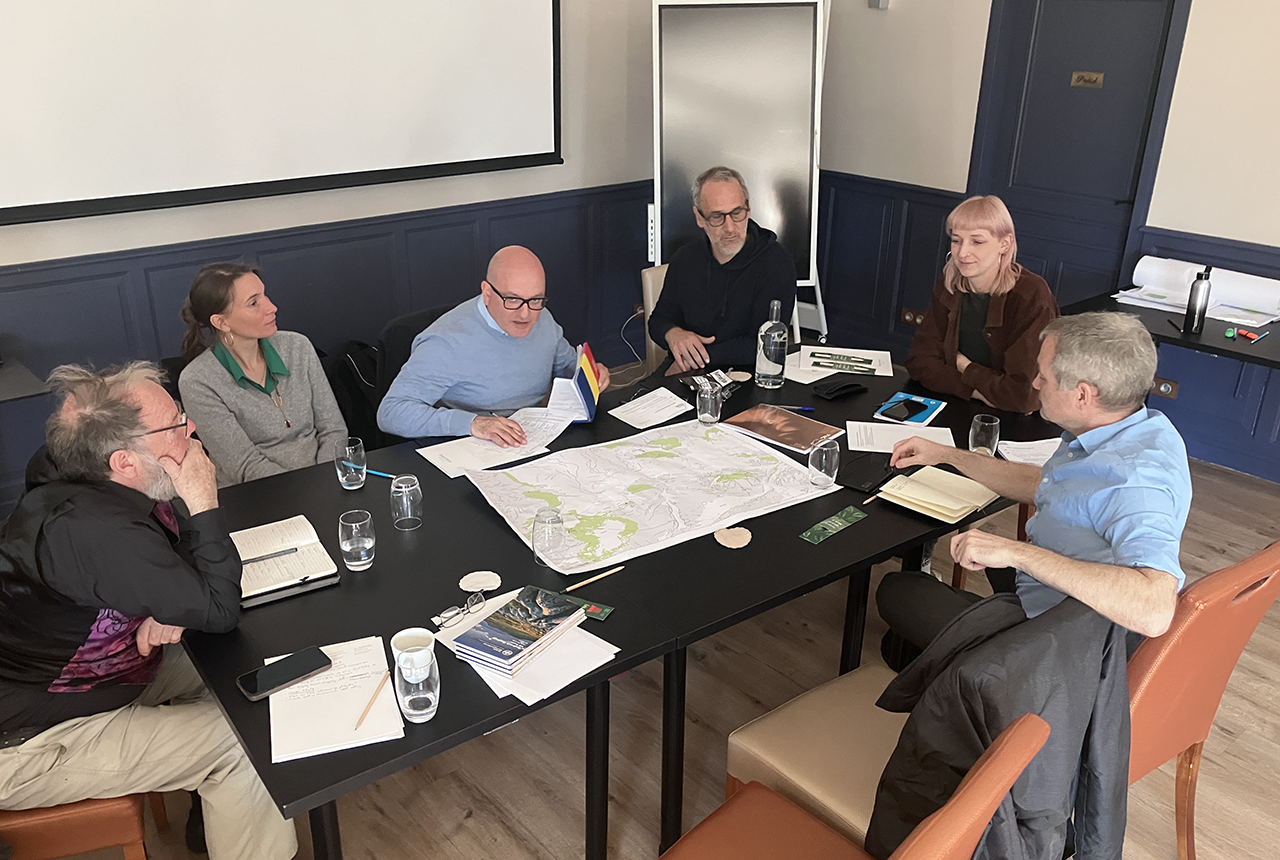
Participants at the workshop, including BGS, Imperial College London, BRGM, Institut Français du Pétrole (IFP) and University of Portsmouth. BGS © UKRI 2025.
Exactly how does the Chalk vary across northern Europe? Many productive discussions were had during the workshop and several common themes were identified. Key to understanding the variability of the chalk is the application of a unified Chalk Group stratigraphy, so variations and changes in rock properties across the Anglo–Paris basin can be better understood and predicted.
Another area of common interest is the development of karst features in the chalk such as sinkholes, dissolution pipes, caves and dissolutional conduits. These are important not only from a hydrogeological perspective, but also as an engineering hazard. The French geological survey, BRGM, has been leading the way here, undertaking numerous tracer tests and identifying sinkholes across Normandy. A similar approach is being taken by BGS, learning from the French.
A third area of interest is incorporating lithological variability and karst into groundwater models. At present, many groundwater models treat the Chalk as a single porous medium, often modelled as just one or two layers. This ignores much of the complexity within the group. Much discussion was had on how to best approach modelling groundwater in the Chalk at a range of scales.
Next steps
This first meeting generated a huge amount of interest and enthusiasm. The next steps are to translate this into concrete actions. Essential to this is identifying potential funding sources for common projects, such as stratigraphical correlations across the Anglo–Paris basin. A special issue on Chalk Group stratigraphy in a relevant journal is another possibility.
Another workshop is being planned for 2026, either in Maastricht or in south-east England.
Thanks
Thanks to Ophélie Faÿ (University of Mons) and Eric Lasseur (BRGM) for organising the event.
About the author
Dr Andrew Farrant is a geologist and karst geomorphologist based at the BGS. He is the Regional Geologist for Southeast England and has extensive experience mapping the Chalk across southern and eastern England.
Relative topics
Related news
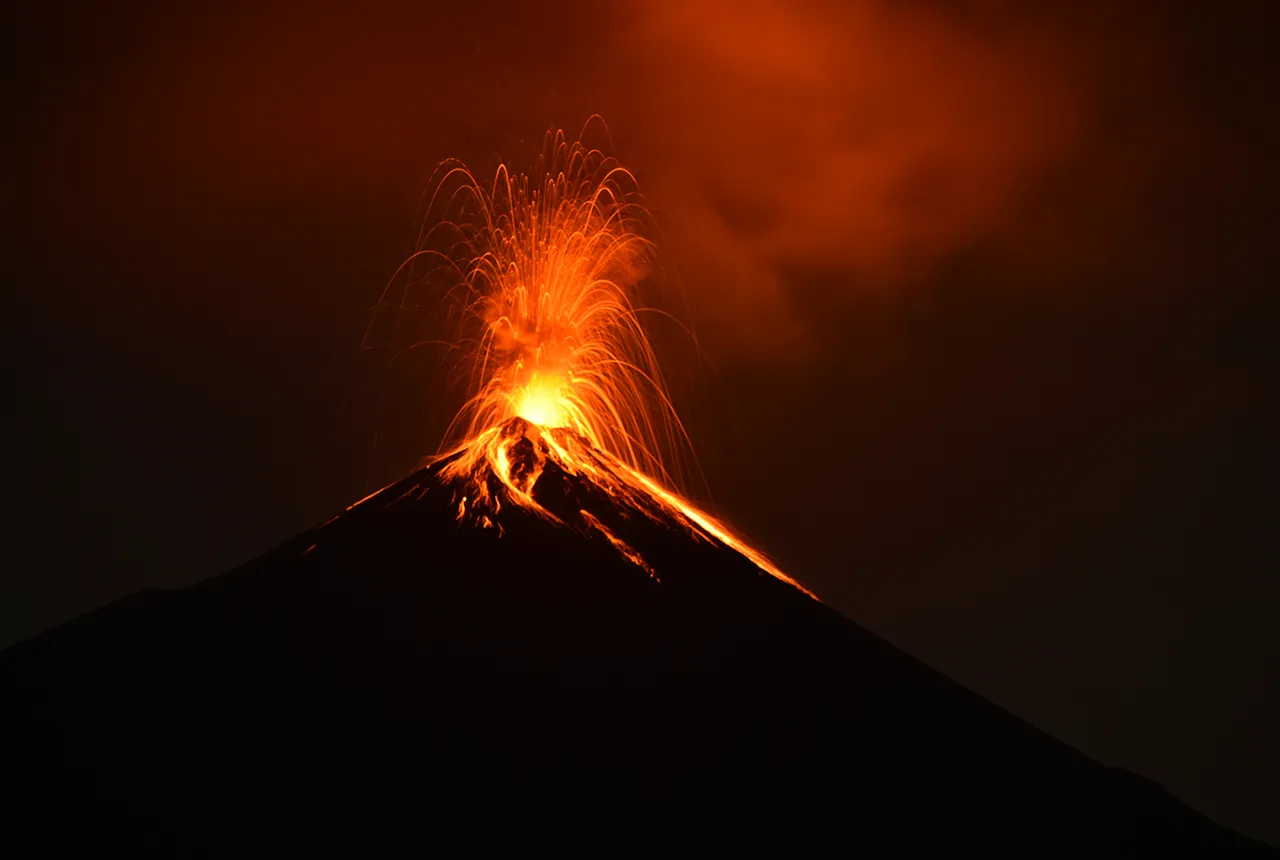
Fieldwork on Volcán de Fuego
13/10/2025
Understanding how one of the world’s most active volcanoes builds up material, and how they collapse to feed hot flows
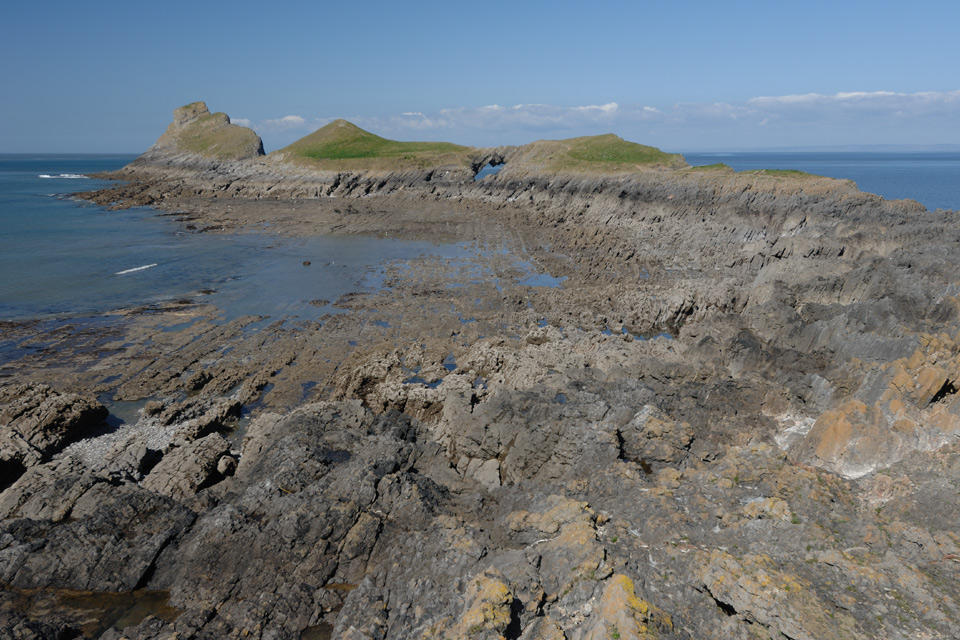
Extended seabed geology map of the Bristol Channel published
07/10/2025
BGS has released significantly extended high-resolution maps that will support offshore green-energy initiatives in the area.
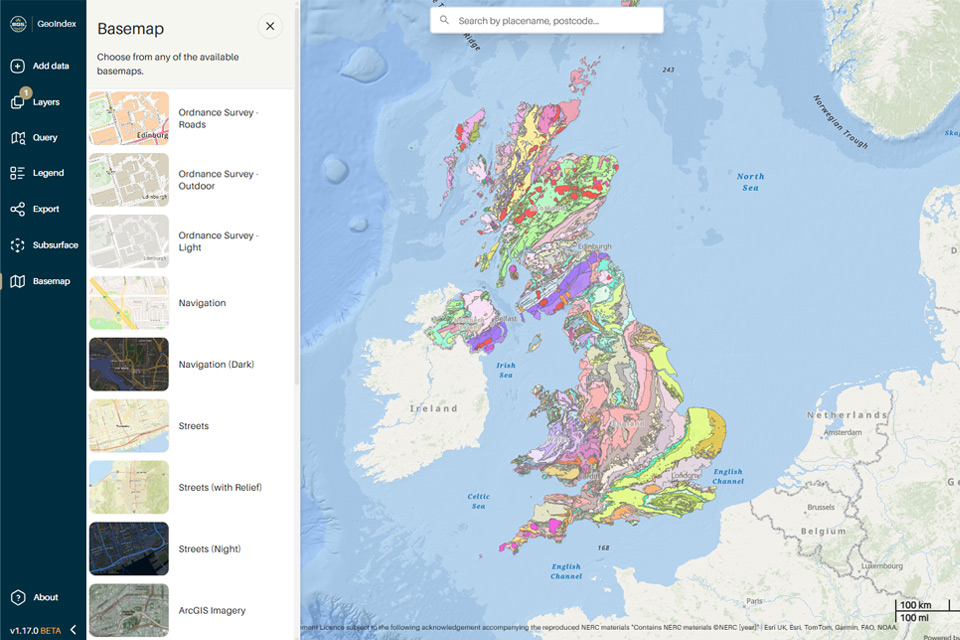
New BGS GeoIndex viewer released for user testing
24/09/2025
The premium map-viewing application has been given a major upgrade and made available as a beta release.
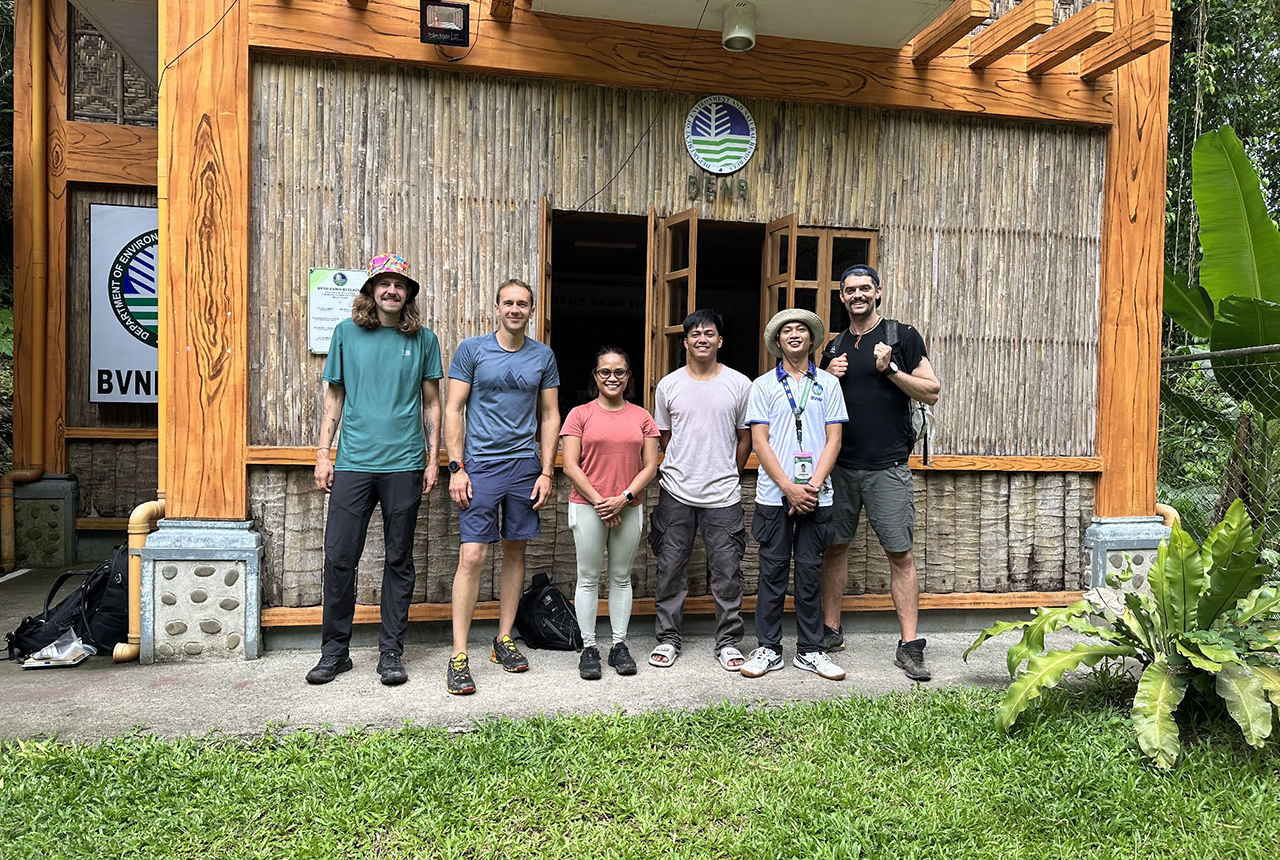
PhD adventures in the Philippines: coring around Lake Bulusan
05/09/2025
Chris Bengt recounts his two-week field trip to Bulusan Volcano Natural Park in the Philippines to collect lake sediment cores, fresh soil and water samples.
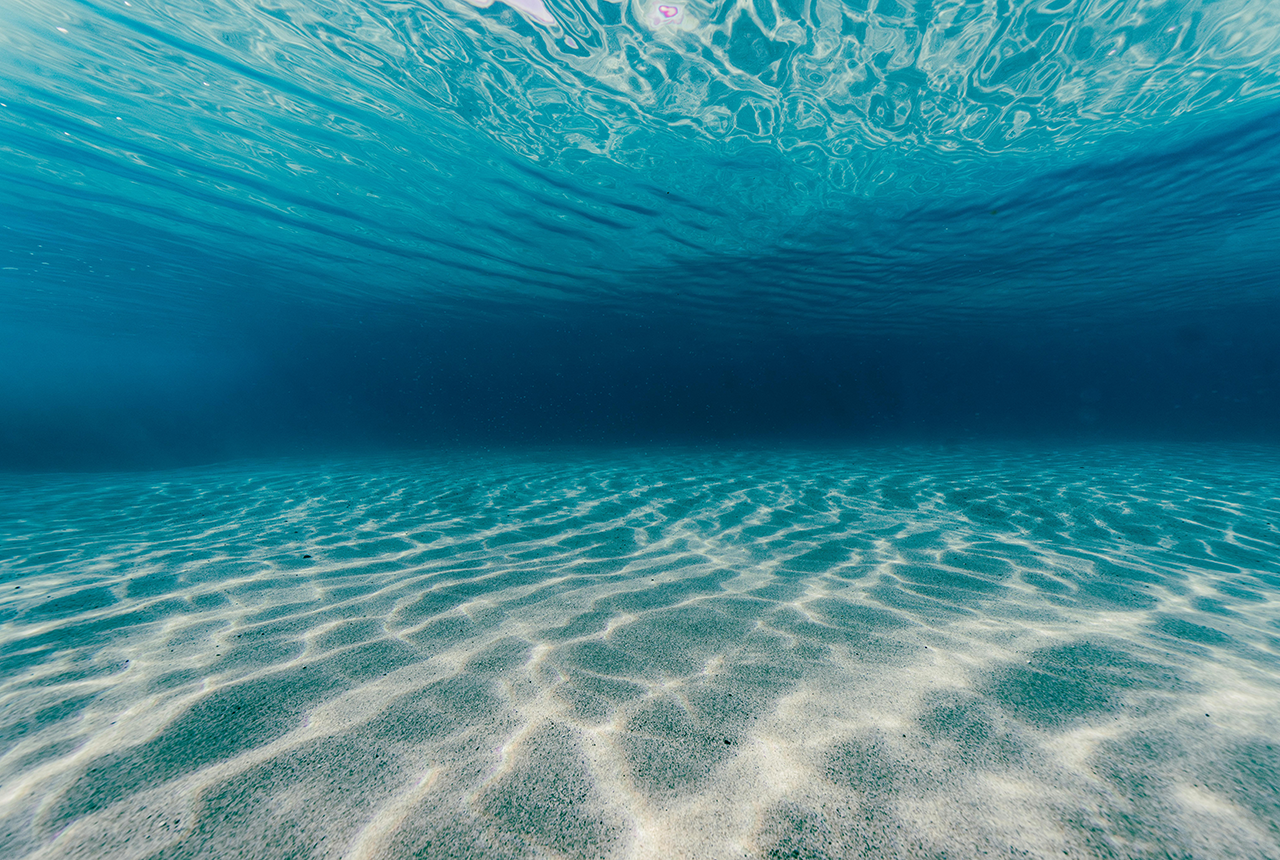
New seabed sediment maps reveal what lies beneath the waves
03/09/2025
Marine ecosystem science and offshore infrastructure will be boosted by a new dataset showing sediment composition across the UK continental shelf.
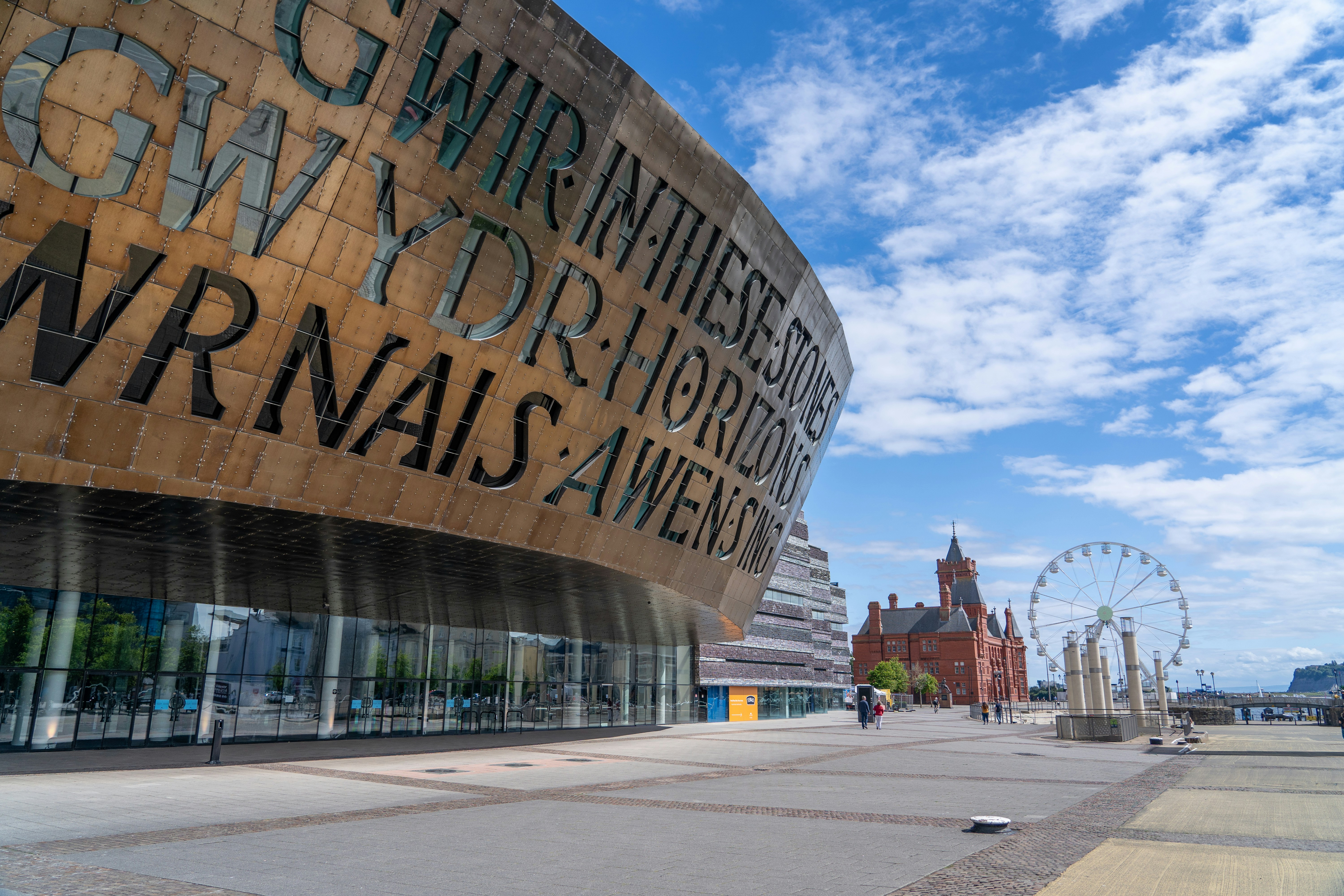
New geological ‘pathways’ discovered beneath Welsh capital
02/09/2025
Scientists have discovered cavities in the clay underneath Cardiff, which will influence the siting of future geothermal developments.
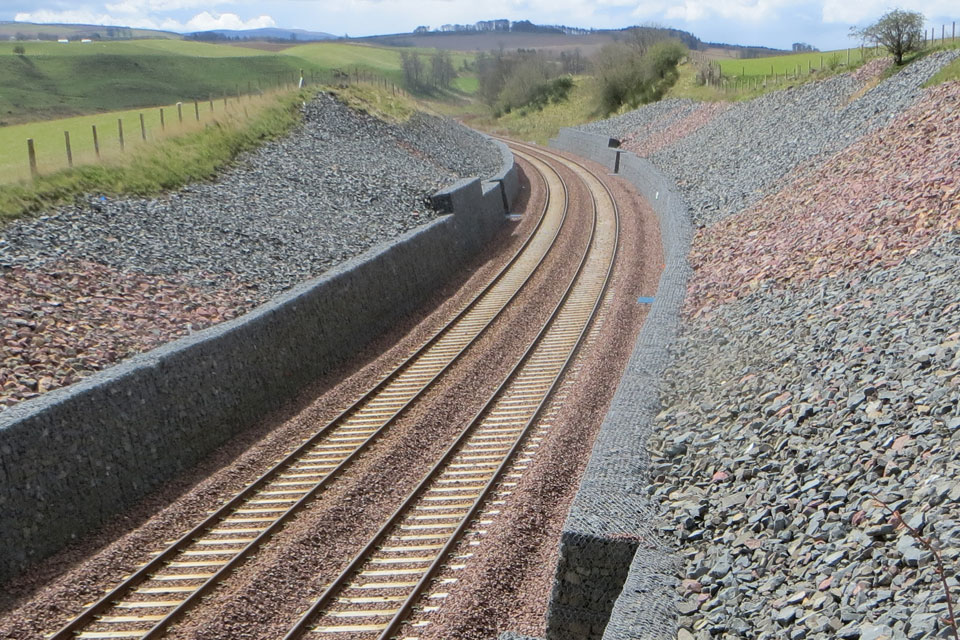
BGS artificial ground data: what do you need from a geological survey?
28/08/2025
BGS is seeking user feedback on artificial ground data: how you use it, what information you consider, and what we can do to improve our offering.
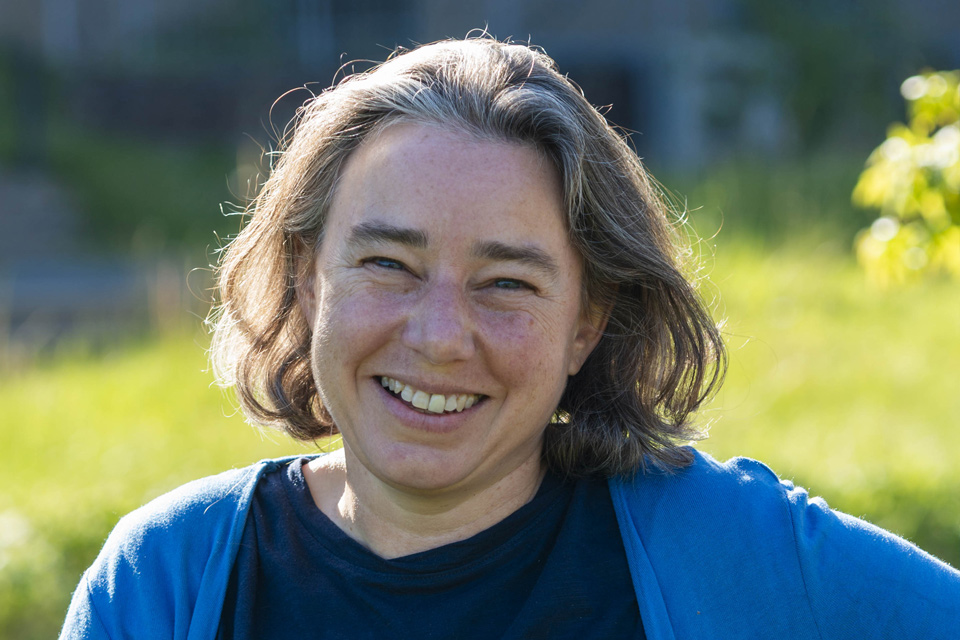
Dr Kathryn Goodenough appointed as honorary professor by the University of Aberdeen
25/08/2025
Dr Goodenough will take up the position within the School of Geosciences with a focus on critical minerals and the energy transition.
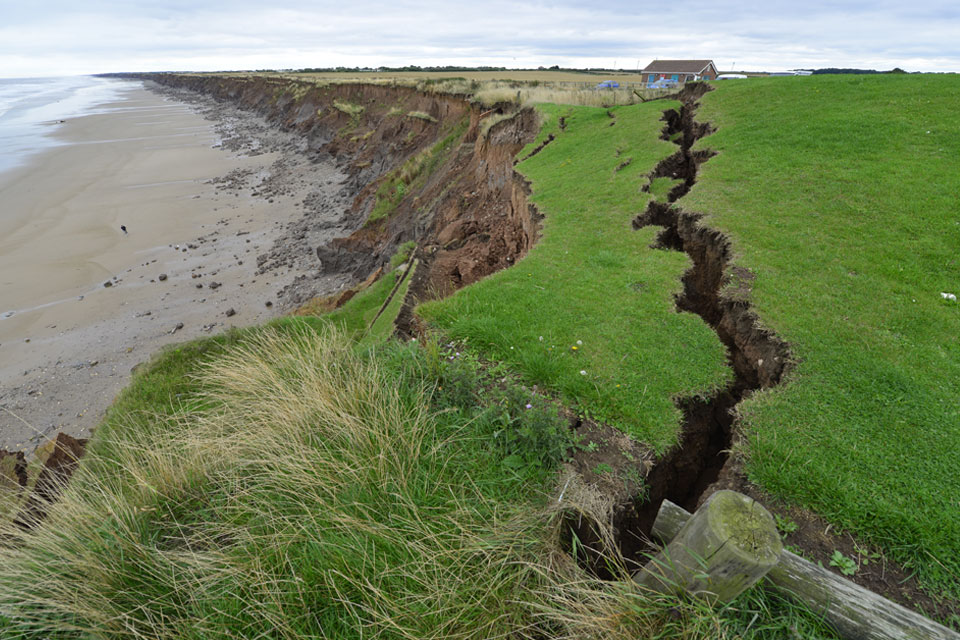
BGS scientists work with United Nations to update hazard profiles
21/08/2025
From tsunamis to sinkholes, the profiles provide a standardised, internationally agreed definition of hazards to support disaster risk management worldwide.
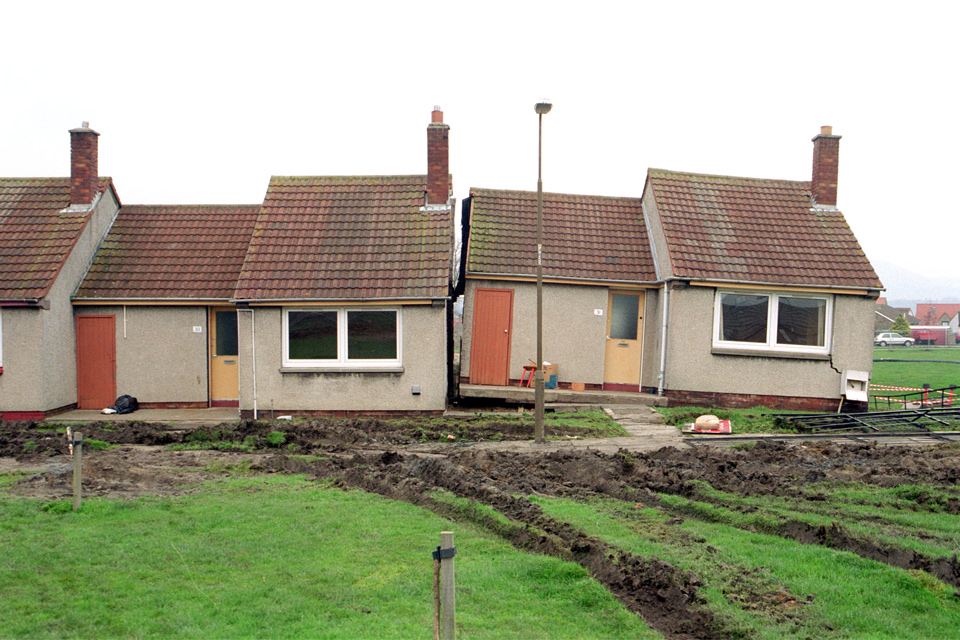
Is your region susceptible? Britain’s geohazard hotspots revealed
14/08/2025
From sinkholes to radon: new maps highlight the most geologically at-risk regions
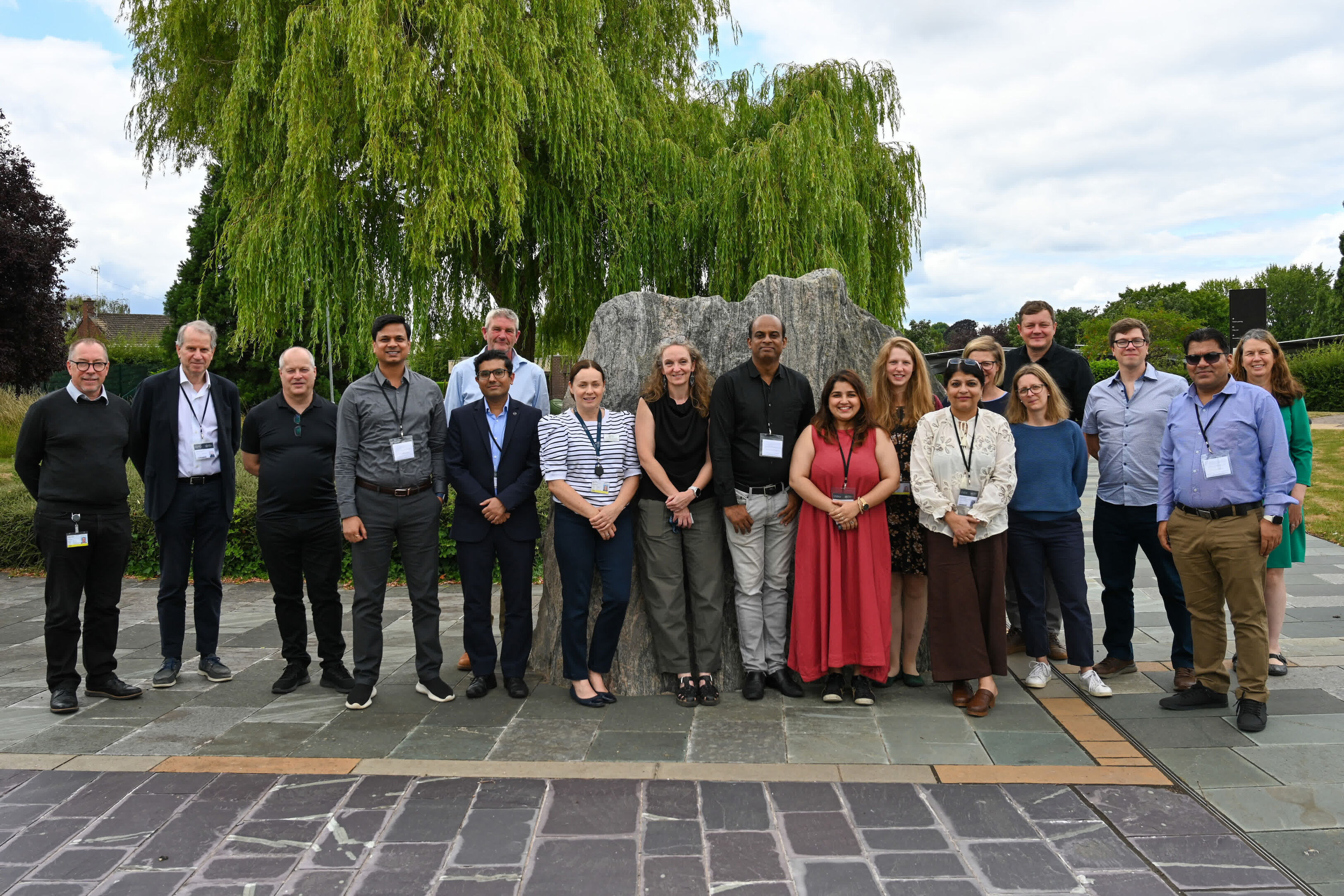
BGS hosts India for ‘deep dive’ on carbon capture and storage
30/07/2025
Some of India’s top scientists visited BGS to explore the UK’s carbon dioxide storage research potential.
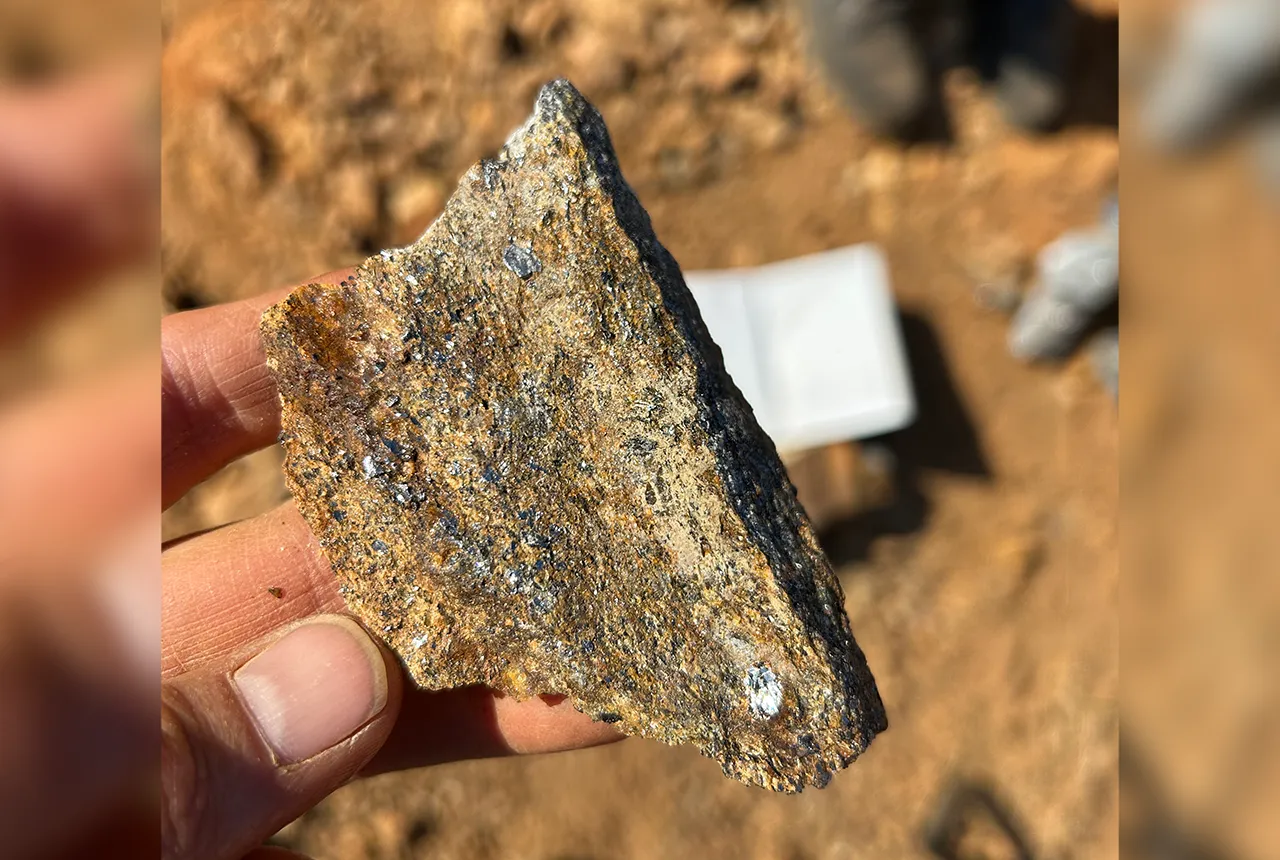
Zambia’s first critical minerals guide supports the country’s potential in global clean energy transition
18/07/2025
A new guide to Zambia’s critical minerals highlights the country’s current and potential critical mineral resources, including cobalt and lithium.



